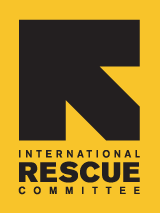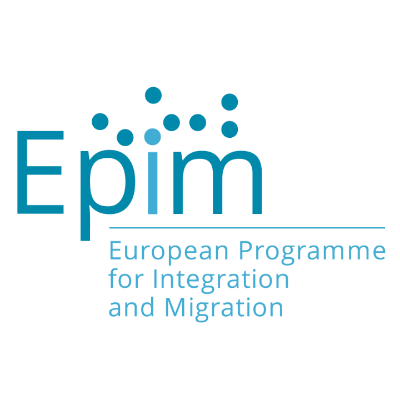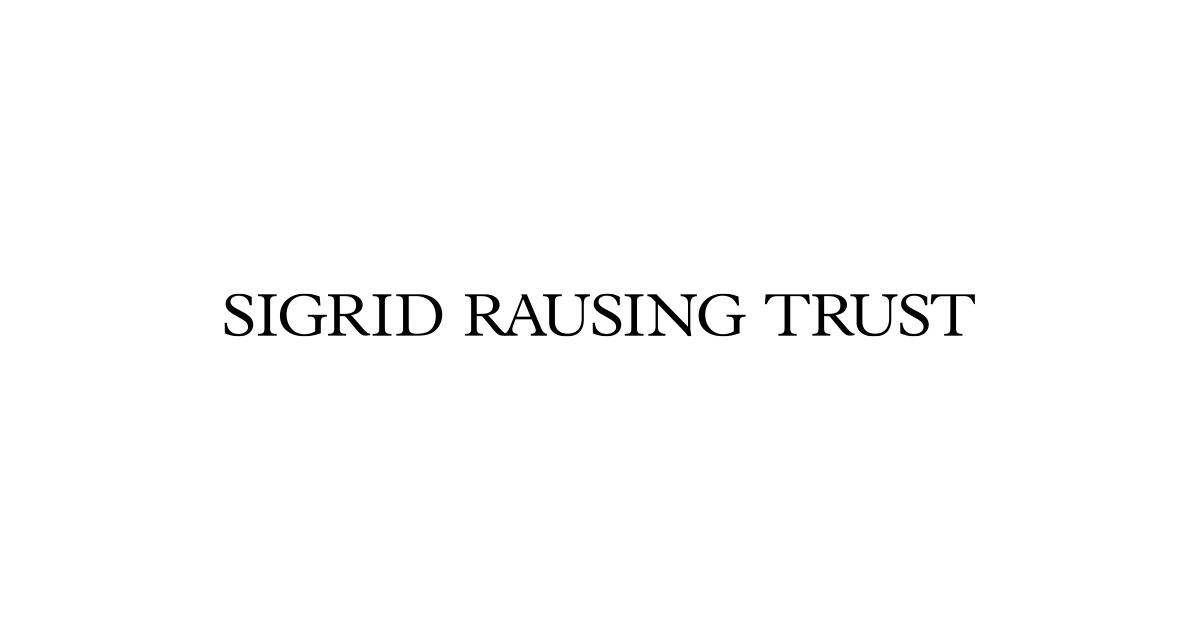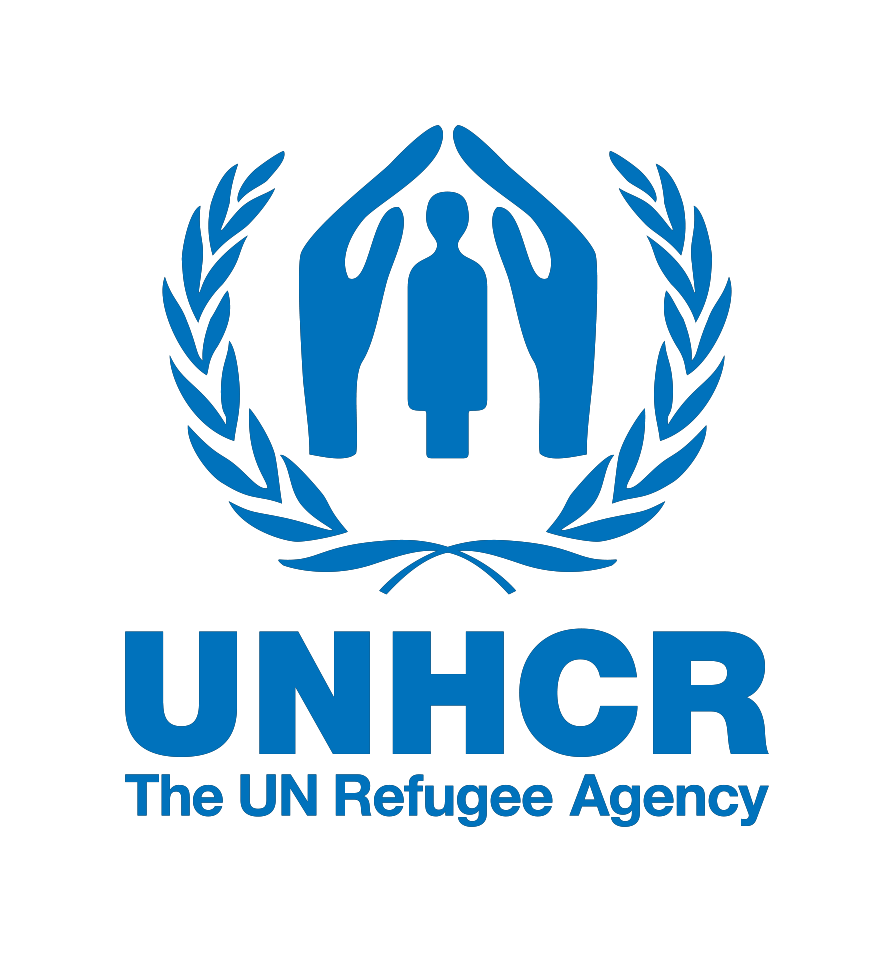Updated on 14 February 2024
To apply for a job most employers will ask you to submit a Curriculum Vitae (CV) and a Cover Letter. Well-written CV and Cover Letter can certainly increase your chances to get the job. Here are some tips that can help you prepare and create impactful description of your experience and professional interests!
Writing your CV
A CV is a document that gives a detailed summary of your education, work experience, skills, and accomplishments. Its purpose is to help the employer estimate how suitable you are for the job.
Your CV should include the following information:
Contact Information
Your full name, mobile number, email address. Here you can also provide your date of birth, nationality, gender and address if you feel comfortable sharing such information.
Work Experience
Describe your work history in chronological order, starting with the most recent one by using short sentences and bullet points. Include any relevant paid or voluntary positions, internships, or practical training. Highlight your responsibilities and achievements by focusing on relevance to the position you're applying for.If you lack formal work experience, include any relevant projects, community involvement, or informal work that you have undertaken.
Education
List your educational background in chronological order, starting with the most recent one. Indicate the name of each educational institution and the education obtained (e.g. master’s degree, bachelor’s degree, high school education, etc.), as well as the period of studying. If you are currently studying or have completed relevant courses, be sure to mention them as well. You can also include any certifications or training which are relevant to the job position that you are applying for.
Languages
Mention all the languages you speak and your proficiency level in each of them.
Skills
You can include additional sections that outlines your key skills relevant to the job – they can be technical skills (for instance, Microsoft Office skills) and soft skills (ability to work in a team, organizational skills, good time management, etc). You can also mark publications that you have written and published if this is relevant to the job position.
Useful tips
Tailor your CV for every job application: Highlight the most relevant skills and experiences that match the job description.
Keep it concise: Aim for a CV length of no more than 2 pages. Recruiters often spend just a few seconds scanning each CV, so make sure yours catches their attention.
Include a personal statement or summary: Begin your CV with a brief personal statement or summary that highlights your key skills, experiences, and career goals. This helps to grab the employer's attention and provides a snapshot of what you can offer.
Check for errors: Before submitting your CV, carefully proofread it to ensure there are no spelling or grammatical errors. You may also want to ask a friend or mentor to review it for feedback.
Use a professional email address: use your first and last name in your email address, for example “[email protected]”.
Name your file properly and use the right format: If the name of your file seems unprofessional, it may never be opened. It needs to include your first and last name and the type of the document (in this case – CV). Regarding the format you need to follow any instructions of file format that were listed in the job description, or your CV might again not be opened. If there are no requirements, you should save your CV as PDF. To ensure that all your formatting would be preserved.
You can easily create your CV using an online template such as Europass. You can select the language in which you prefer to write your CV (e.g. English, Bulgarian, Ukrainian or another European language) and customize it based on your preferences and the requirements of the job application.

Writing your Cover Letter
A Cover Letter shows your motivation, and qualifications when you apply for the desired job. Unlike the CV, the Cover Letter helps the employer understand your personality, interests, and motives for applying, as well as why you are a suitable candidate for the job.
In order to create an impactful Cover Letter, you need to:
read carefully the job description and requirements to identify the key skills and qualifications the employer is seeking
research the company you want to join – its values, mission and recent achievements, in order to understand how your skills align with the company's needs
write your Cover Letter with short and clear paragraphs
use positive, confident and formal language to convey your motivation and enthusiasm
customize your Cover Letter for each application, highlighting aspects that are most relevant to the specific position
Your Cover Letter should include:
Header – includes your contact information (full name, address, mobile number and email address); date of writing the letter; employer’s information (employer's name, title, company name, and address)
Salutation –begin the letter with a formal salutation, addressing the employer by name if known (e.g., Dear Mr./Ms. [Surname]; if you do not know whom to address your letter to, you can write Dear Sir or Madam, or To whom it may concern).
Body of the letter – this is where you share your qualifications, experiences, and motivation for the job. The body usually has 3 paragraphs:
first paragraph – introduce who you are and state the specific job you are applying for. Explain why you are interested in the position and what attracts you to the company.
second paragraph – describe specific achievements or experiences that demonstrate your abilities and suitability for the job. Explain how your skills align with the job requirements, thus showing why you are the most suitable candidate for the position.
third paragraph – explain why the company is a good match for you, and demonstrate your understanding of the company’s values and culture. Explain how you can contribute and thrive within that environment. Express once again your motivation for applying as well as your gratitude for the opportunity.
Closing – end the letter with a formal closing (e.g., Sincerely, or Kind regards) and write your name and surname.
 Keep your Motivation Letter to no more than 1 page (between 250-400 words) and remember to focus only on the information that is most relevant for the particular job position.
Keep your Motivation Letter to no more than 1 page (between 250-400 words) and remember to focus only on the information that is most relevant for the particular job position.
You can create your Motivation Letter on a Microsoft Word document or using an online template. For example, you can use the Europass template, but note that it only supports European languages (e.g. Bulgarian, English, Ukrainian).
Keep in mind that your CV and Cover Letter should be clear, well-organized and easy to read. Make sure they reflect your unique background and experiences as they can be valuable assets in the workplace.
Good luck with applying for the desired job!
- Log in to post comments






